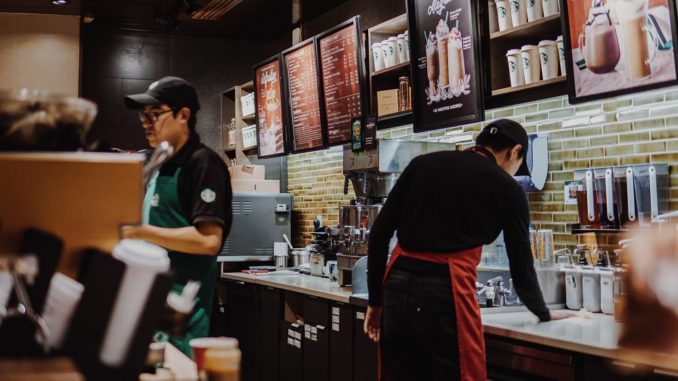
The dormant labor movement sprung into life on the day last winter when employees at two Starbucks locations in Buffalo, New York, decided to unionize.
The fiscal year that concluded in September saw a 53% surge in petitions for union elections, mostly driven by Buffalo’s Starbucks baristas. The greatest yearly rise since the Eisenhower administration, the National Labor Relations Board’s caseload increased by 23%.
Gallup polls show that, despite this, more Americans today support unions than at any point since 1965. Republicans are less likely than Democrats to support unions, with only 56% of Republicans supporting them, compared to 89% of Democrats.
“Unions are cool again, is what it comes down to,” said Ruth Milkman, a sociologist at the CUNY School of Labor and Urban Studies, The Hill reported.
At blue-chip companies like Starbucks, Trader Joe’s, Chipotle, Amazon, REI, and Apple—companies with hipster reputations and progressive branding—workers have formed unions during the past year.
A TikTok video showing a walkout by Starbucks employees in Buffalo received 30 million views, demonstrating the viral nature of protests.
All of these occurrences have sparked discussion of a new labor movement.
Even labor advocates, however, acknowledge that in order to stop the decades-long demise of organized labor, more than a few viral videos will be required.
The percentage of American employees that are represented by unions has decreased from 23% to 14% since 1983. The fact that women and men are now almost equally represented in union ranks, notwithstanding the fall, is positive. Almost two to one, union males predominated over union women thirty years ago.

Be the first to comment